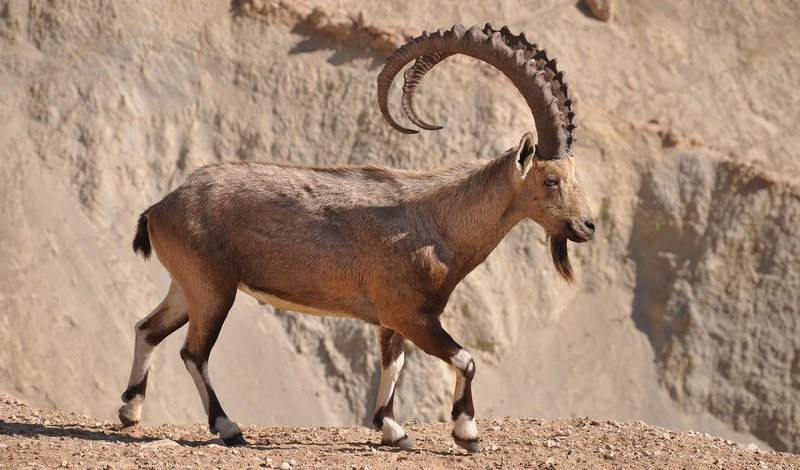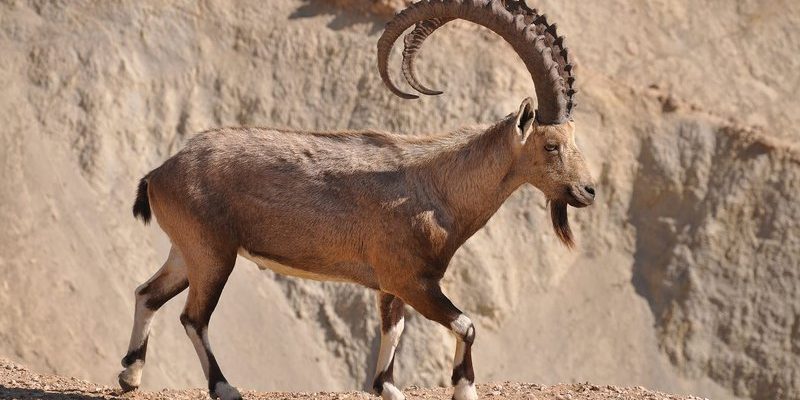
Imagine standing on a high mountain trail, the air crisp and invigorating, your gaze drifting over rocky slopes and steep cliffs. A sudden movement catches your eye—a sleek ibex gracefully navigating the rugged terrain. It’s a sight that evokes awe and curiosity. So, where exactly do these incredible animals call home? Let’s dive into the world of ibexes and explore their habitats and distribution in detail.
Understanding the Ibex Species
Before we get into where ibexes live, it’s crucial to understand what an ibex actually is. At its core, the ibex is a wild goat that’s adapted to survive in some of the harshest environments on the planet. There are several species of ibex, including the Nubian ibex, the Alpine ibex, and the Siberian ibex. Each of these species has unique traits and habitats.
For instance, the Alpine ibex is famous for its ability to climb steep and rocky mountains in the European Alps. On the other hand, the Nubian ibex prefers the arid desert landscapes of the Middle East. These adaptations allow each ibex species to thrive in its specific environment, making them fascinating creatures to study.
Interestingly, ibexes are social animals, often found in groups. They communicate through a range of visual and auditory signals, which can be quite charming to observe. Now, let’s break down where these remarkable animals are typically found.
Rocky Mountains: The Ibex’s Playground
Honestly, when you think of ibex habitats, rocky mountains come to mind right away. These sturdy animals are perfectly built for life among the crags and cliffs. They have specialized hooves—broad and rubbery—that provide them with the grip needed to navigate steep and rocky surfaces. This means they can jump from ledge to ledge with incredible agility.
In Europe, the Alpine ibex inhabits the mountainous regions, particularly in the Western Alps, from France to Switzerland and Italy. You might find them lounging on sunlit rocks or leaping gracefully between steep outcrops. Their thick fur keeps them warm during the harsh winters, allowing them to thrive even in freezing conditions.
As the temperatures rise, ibexes often move higher up the mountains in search of cooler areas and fresh grazing grounds. This seasonal migration is vital for their survival, as it encourages healthy foraging and helps them avoid predators.
Deserts and Arid Regions: The Nubian Ibex
Now, let’s switch gears and talk about the Nubian ibex. Unlike its Alpine cousin, this species has adapted wonderfully to life in arid regions, particularly in places like the Negev Desert in Israel and the Sinai Peninsula in Egypt. You might be wondering, how do they manage to thrive in such dry environments?
Nubian ibexes have developed remarkable skills to cope with the heat. Their bodies are built to conserve water, and they can go for long periods without drinking. They spend their days resting in shaded areas, and when the sun sets, they come out to graze. Their diet is made up of tough desert grasses and shrubs, which might not sound appealing to us, but these plants are vital for their survival.
Additionally, the Nubian ibex has a unique social structure. They often form herds consisting of females and their young, while males tend to be more solitary, especially during mating season. These dynamics add to the intriguing social lives of ibexes in their harsh habitats.
Conservation Status and Threats
As we explore ibex habitats, it’s essential to address their conservation status. While some ibex species are thriving, others are facing significant threats from habitat loss, hunting, and climate change. For example, the Siberian ibex, known for its stunning mane and impressive horns, has seen populations decline due to illegal hunting and poaching.
Conservation efforts are crucial to ensure that these majestic animals don’t vanish from our planet. Many regions have established protected areas to safeguard ibex habitats. These efforts not only protect ibex populations but also help maintain the entire ecosystem. When you think about it, conserving the habitat of one species can have far-reaching benefits for many others in the region.
Through education and awareness, communities can help protect these animals. By understanding where ibexes live and the challenges they face, we can take steps to ensure their survival for future generations to appreciate.
Where to Spot Ibexes in the Wild
Are you eager to see ibexes in their natural habitats? There are several great places around the world where you can catch a glimpse of these beautiful creatures! If you’re planning a trip, here are a few hotspots to keep in mind:
- The Alps: The best spot for seeing Alpine ibexes is in the Gran Paradiso National Park in Italy. Here, you can hike through stunning landscapes while keeping an eye out for these remarkable animals.
- The Negev Desert: If you ever find yourself in Israel, head over to the Makhtesh Ramon area in the Negev Desert. You might just be lucky enough to spot a Nubian ibex grazing against the stunning desert backdrop.
- The Caucasus Mountains: This is a less frequented area where the Caucasian ibex roams. It’s a beautiful region, perfect for adventurers looking to discover something new.
Remember, though, if you’re looking to see ibexes in the wild, it’s important to be respectful of their habitats. Keeping a safe distance and following local guidelines ensures that you have a memorable experience without disturbing these magnificent creatures.
Ibexes are truly remarkable animals. Their ability to thrive in challenging environments and their unique adaptations make them a fascinating subject of study. From the rocky heights of the Alps to the sun-soaked deserts of Nubia, these creatures have carved out a niche for themselves that showcases the wonders of nature.
As you learn more about where ibexes live and how they adapt to their surroundings, it’s hard not to appreciate their resilience and strength. Whether you’re hiking in the mountains or exploring arid landscapes, keep an eye out for these majestic animals. With a little luck, you might just catch a glimpse of a wild ibex, navigating its rocky kingdom with grace and power. So, the next time you find yourself in a mountainous terrain, remember the ibex and the incredible journey these animals make to thrive in their habitats!

